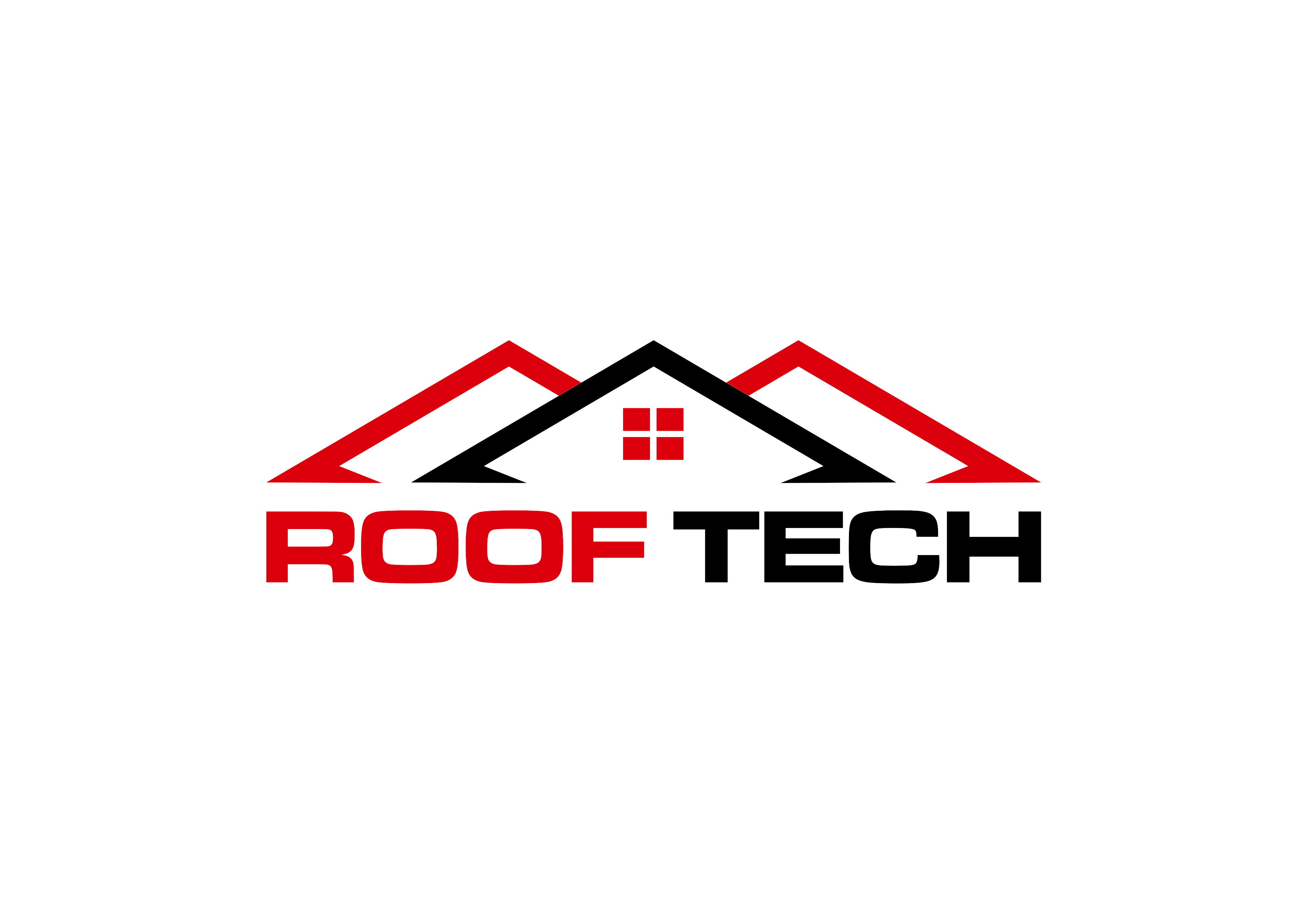Roof ventilation is an essential aspect of a roofing system that is often overlooked but plays a crucial role in maintaining the health and longevity of a roof. The primary function of roof ventilation is to regulate the temperature and humidity levels in the attic space, protecting the roof structure and increasing the energy efficiency of the home. There are various types of roof ventilation systems available, each with its unique features and benefits.
One of the most common types of roof ventilation systems is ridge venting. Ridge vents are installed along the peak of the roof and allow hot air to escape from the attic space. This system works on the principle of convection, where hot air rises and exits through the ridge vents, creating a continuous flow of air. Ridge venting is a popular choice as it provides consistent and efficient ventilation without the need for electricity.
Another popular roof ventilation system is soffit venting. Soffit vents are installed along the underside of the eaves, allowing fresh air to enter the attic space. This incoming air displaces the hot air, creating a convection effect that expels the hot air through ridge vents or other exhaust vents. Soffit venting is essential for maintaining proper airflow in the attic and preventing moisture buildup.
Roof turbines, also known as whirlybirds, are another type of roof ventilation system that relies on wind power to create airflow. These spinning vents are installed on the roof and use the wind to draw hot air out of the attic space. Roof turbines are effective in areas with high winds and can provide additional ventilation in conjunction with other venting systems.
Power vents are roof ventilation systems that are equipped with electric fans to exhaust hot air from the attic space. These fans are controlled by a thermostat and are activated when the attic temperature reaches a certain level. Power vents are effective in areas with limited natural airflow and can provide supplemental ventilation to ridge vents or other passive ventilation systems.
Gable vents are another type of roof ventilation system that is installed on the gable ends of the roof. These vents allow hot air to escape from the attic space and provide airflow to areas that may not be adequately covered by other venting systems. Gable vents are available in a variety of designs and materials to complement different styles of roofing.
In conclusion, roof ventilation is a critical component of a roofing system that helps regulate temperature, humidity, and airflow in the attic space. By exploring the different types of roof ventilation systems available, homeowners can choose the best option to protect their roofing investment and increase the energy efficiency of their home. Whether it is ridge venting, soffit venting, roof turbines, power vents, or gable vents, each type of roof ventilation system offers unique benefits and can be tailored to meet the specific needs of the roof and home. Proper ventilation is essential for maintaining the health and longevity of a roof and should be considered an integral part of any roofing project.
************
Want to get more details?
Roof Tech
https://www.rooftechnh.com/
New Hampshire roofing company.

